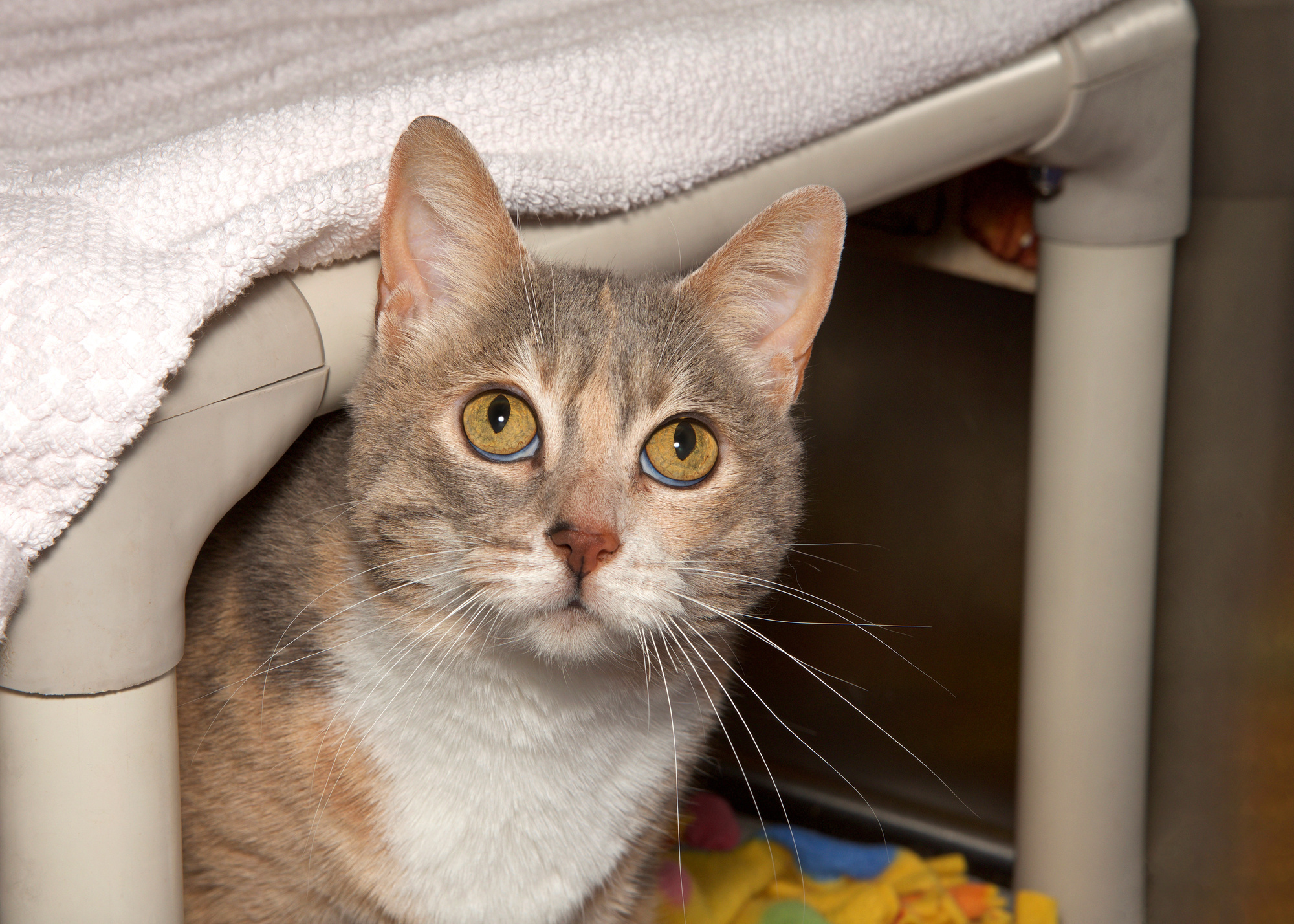
How to Prepare for a Move With Cats

By nature, cats are averse to change. Even the smallest changes can set them spiraling into unusual behaviors or even physical illness. Before making a significant change like a household move, it’s important to be proactive to make the process as safe, painless, and stress-free as possible for your furball.
Pet parents who take the following steps find it helps make moving go much more smoothly for their four-legged friends.
Identify your cat
Cats are territorial by nature and may attempt to try to return to familiar surroundings. Before you move, update your cat’s tags with your new number and address.
You also might want to consider investing in a microchip to ensure your cat is easily identifiable in the event they do scurry out. If your pet is already chipped, change your contact information in the database.
Use a Cat Carrier
Some people dislike the thought of “locking” their beloved pet in a small box. However, crating during a move is truly is the best way to keep them safe.
If your cat is unfamiliar with carriers, start familiarizing about a month before you move—place food near the carrier with favorite toys or blankets inside. Maybe go for some short rides.
When the big day arrives, be sure your pet’s travel mode is at a comfortable temperature, so they aren’t injured through heat exposure.
Set Up a ‘Safe’ Room
Since cats are change-averse, try to keep them away from the hustle and bustle of moving as much as possible. Cats will instinctively know something is up. Unusual activity often results in stress, spraying, vomiting, or escape attempts.
Set up a “safe room” where you can close the door and keep your cat away from the moving activity. Before relocating your cat to this room, remove everything needing to be packed to minimize disruption. Once the room is emptied, put your pet’s favorite items in the room, along with the carrier (door open).
Prepare Your New Home
Begin to pet-proof your new home. Move electrical cords and close off spots where your pet could sneak in and get stuck. Make sure that all windows in your new home have secure screens with no holes. Remove all poisonous houseplants and make sure that no pest-control poison traps remain anywhere in the house.
Set up space in a room where your feline can safely roam freely. Once you’ve assured yourself the room is secure, bring familiar items belonging to your pet into the room, along with food, water, and a litter box to allow them to acclimate and feel secure. Plan to keep your cat in this room for at least a week, and have household members spend some time in there each day (with treats!) so your pet doesn’t feel neglected or abandoned.
When your cat is reasonably comfortable, you can start to allow them to roam a little more freely around your new home.
When making plans to move an outdoors cat, you’ll need to make additional adaptations because they run a higher risk of running back to familiar territory. Be sure to talk to the new occupants and neighbors of your former home to let them know to please not feed or encourage your cat to stick around; your cat will go to where they are fed, which you want to be strictly at your new home.
Moving Plans
Are you looking for a professional mover? Contact us today to learn more about the services we offer to help ensure your move is a stress-free one.
Request a Quote

